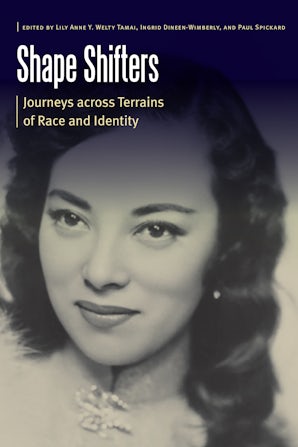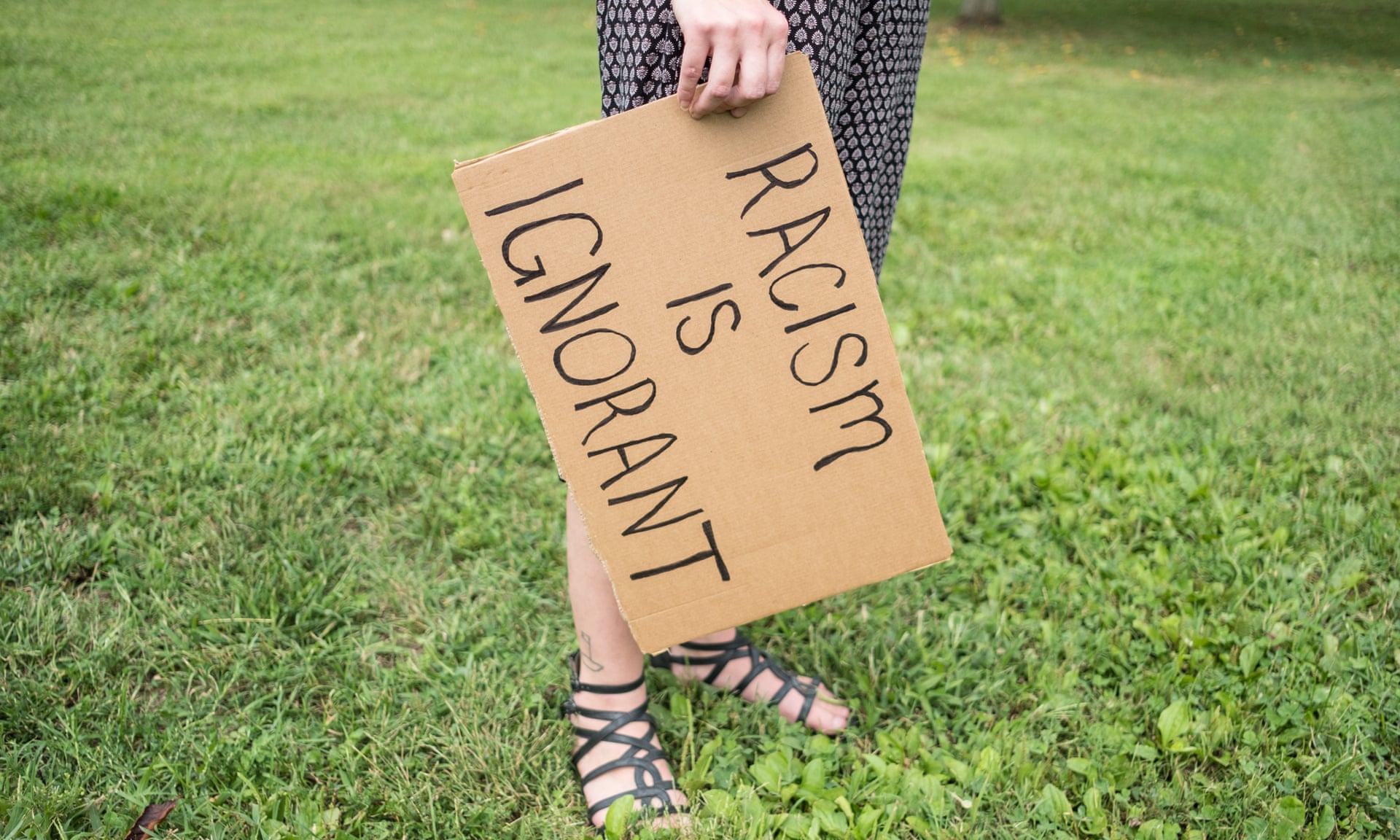ENGL 205 Focus on: Passing and Performing IdentityPosted in Course Offerings, Literary/Artistic Criticism, Media Archive, Passing, United States on 2020-01-11 22:23Z by Steven |
ENGL 205 Focus on: Passing and Performing Identity
Xavier University
Cincinnati, Ohio
Spring 2020
Section 25 Online MCFARLANE HARRIS
Section 26 Online MCFARLANE HARRIS
CRN 13054 and 11004
EOAs part of the Core Curriculum’s Ethics / Religion and Society Requirement, Literature and the Moral Imagination is required for all undergraduate students. In broad terms, ENGL 205: Literature and the Moral Imagination focuses on personal and social ethical issues in literature. Individual sections feature specific topics.
In this course, we will read fiction and graphic novels that investigate the phenomenon of racial passing in the United States, whereby “black” persons light-skinned enough to appear “white” cross the color line to live as white people. Along the way, we will read a smattering of historical sources and cultural theory on the social construction of race, gender, sexuality, socioeconomic class, religion, etc.
For more information, click here.









